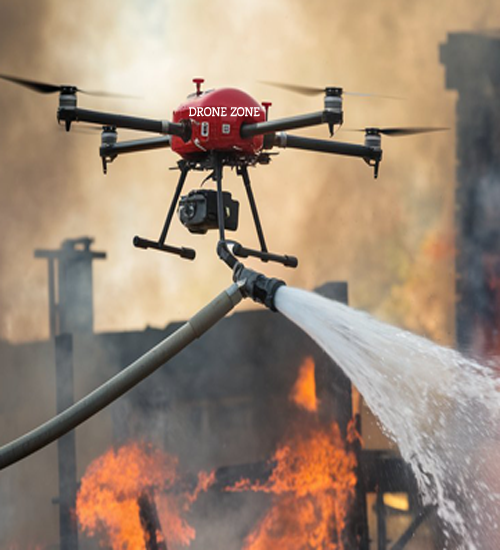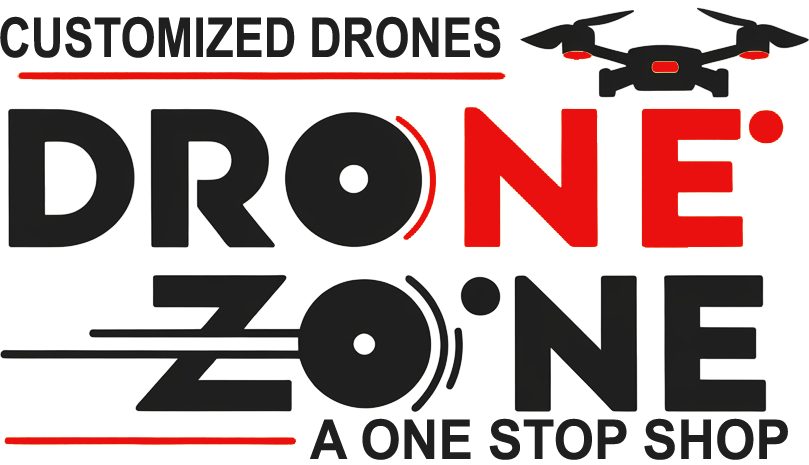
Purpose: Firefighting, thermal imaging, emergency response.
Features:
- 10 kg water payload for fire suppression.
- Thermal camera for detecting heat sources.
- Fire-resistant body for harsh environments.
- Autonomous navigation in high-risk zones.
- Weight: 20 kg
- Payload Capacity: 10 kg
- Maximum Flight Time: 25 minutes
- Maximum Speed: 40 km/h
- Battery: 12,000 mAh Lithium Polymer
- Control Range: 6 km
- Camera: Thermal imaging camera
- Sensors: Heat detection, GPS
Base Price: ₹15,00,000 (~$17,752.37)
Agni
Agni drones are engineered for firefighting and emergency response, delivering critical support in hazardous situations. With a 10 kg water payload, these drones can directly combat fires in hard-to-reach areas, providing immediate relief before ground teams arrive. Their thermal imaging cameras detect fire hotspots with precision, aiding in strategic planning and efficient resource allocation. The fire-resistant body ensures durability in extreme conditions, allowing the drone to operate safely in active fire zones. Agni drones are invaluable for saving lives and property, especially in urban or forested environments. These drones also play a vital role in post-fire assessments, analyzing damages to prevent future incidents. Their versatility makes them a must-have for emergency response teams.
Firefighting drones are revolutionizing the way emergency services respond to fires, providing crucial aerial perspectives that ground teams cannot achieve. These drones are equipped with thermal imaging cameras that can see through smoke and darkness, identifying hotspots and the fire's spread, which is critical for planning an effective response. The real-time data provided by these drones allows incident commanders to make informed decisions, deploy resources more efficiently, and enhance the safety of firefighting personnel.
In addition to surveillance, some firefighting drones are designed to carry payloads of fire retardants or water, delivering them directly to the source of the fire. This capability is particularly useful in situations where it is too dangerous for human firefighters to operate. By acting quickly and precisely, these drones can help contain fires before they spread, potentially saving lives and property. As technology advances, we can expect firefighting drones to become even more autonomous, with improved capabilities for detecting and combating fires in a variety of environments.
In addition to surveillance, some firefighting drones are designed to carry payloads of fire retardants or water, delivering them directly to the source of the fire. This capability is particularly useful in situations where it is too dangerous for human firefighters to operate. By acting quickly and precisely, these drones can help contain fires before they spread, potentially saving lives and property. As technology advances, we can expect firefighting drones to become even more autonomous, with improved capabilities for detecting and combating fires in a variety of environments.
